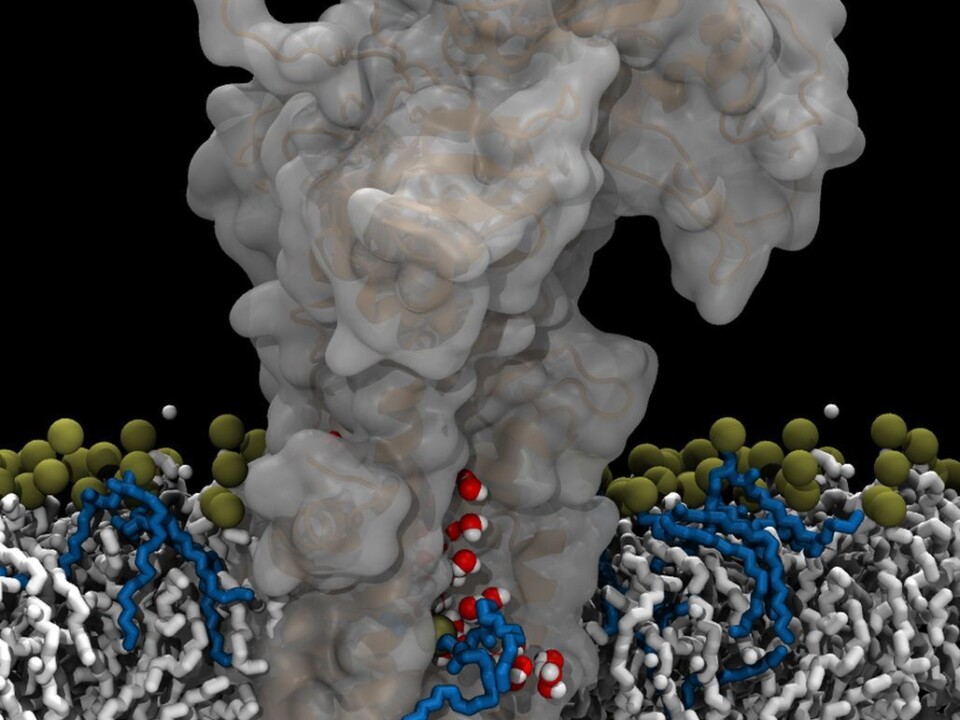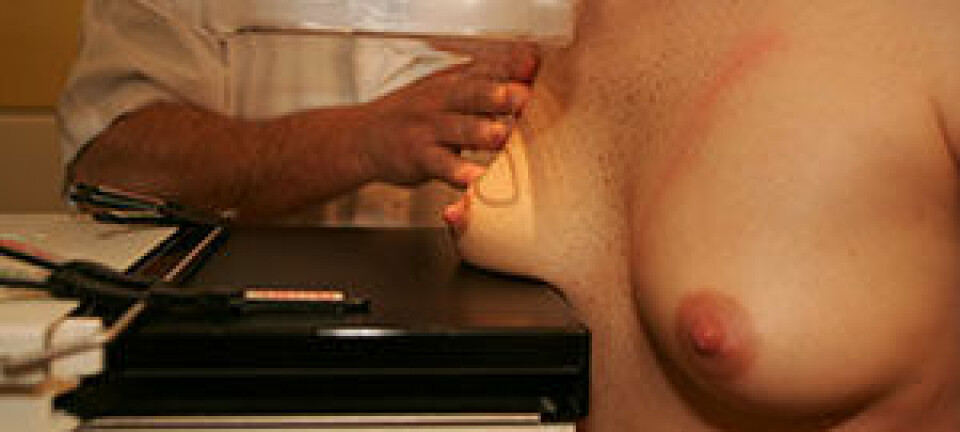
Mystery solved: why a Turkish family walks on all fours
A Turkish family suffers from a rare disorder that forces them to walk on all fours. Danish scientists have discovered how the disease works and at the same time solved a long-standing scientific mystery.
In Turkey an entire family walks on all fours because they suffer from a rare syndrome that strikes the centres in the small brain that control balance. Yes, that may sound ludicrous but it is a real thing.
Scientists from Aarhus University, Denmark, have finally found the biological cause of the family’s disorder -- in medical terms referred to as Cerebellar Ataxia, Mental Retardation, and Dysequilibrium Syndrome or simply CAMRQ.
The research shows how an extremely rare mutation prevents proteins from distributing fat molecules correctly in the cells.
This leads to defective nerve cells, brain damage, and loss of balance, which means that the Turkish family are forced to use both their arms and legs to walk in order to not lose their balance and fall over.

The Danish research is actually a scientific breakthrough in regards to our understanding of the ways in which cells are organised.
“Researchers have long wondered how relatively small proteins are capable of moving large fat molecules around in the cell membranes. We call it ‘the giant substrate problem’,” says postdoc Anna Lindeløv Vestergaard of the Department of Biomedicine at Aarhus University.
“Our research shows how the small molecules manage it and improves our understanding of the ways in which a number of diseases work,” she says.
The study was recently published in the scientific journal PNAS.
How the cell membrane works

The cell membranes consist of layer upon layer of small fat molecules called lipids that have a “head” and a “tail”.
Inside the cell membrane, lipids are turned with their heads facing either the centre of the cell or the outside and their tails towards one another. So the surface of the cell membrane is composed of a long row of lipid heads side by side. This is known as a lipid bilayer.
Tied to this lipid bilayer is a long row of proteins that transport things in and out of the cell, for example the sodium-potassium pump and the calcium pump.
The cell membrane also contains proteins called flippases that take care of the lipid bilayer. This is what the Danish research team focused on.
The flippases organise the cell membrane and move specific lipids around, making sure that some are placed on the inside of the cell membrane, while others are placed on the outside.
If this doesn’t happen, the entire cell could stop working -- as is the case with the Turkish family.
3D model revealed function
In the Danish study, the researchers discovered how the small flippases are able to transport lipids much larger than themselves from one side of the membrane to the other.
They did so by copying the mutation that created a defect in the Turkish family. The mutation is a single amino acid error in a particular flippase known as ATP8A2.
By recreating the mutation in a cell culture in the lab the researchers could tell which areas of ATP8A2 were incapacitated when the flippase ceased to function.
With assistance from a team of Swiss protein modelling experts, Vestergaard created a structural model of the flippases and to visualise the structural differences between a functional flippase and a dysfunctional one.
Doing so allowed the scientists could tell how the flippases work.
“Our results show that the flippases create a canal through the cell membrane through which they push the lipid heads. At the same time they leave the lipid tails hanging outside the canal so they don’t have to manage them as well,” says professor Jens Peter Andersen who supervised the research project.
“It’s like a credit card where only the magnetic stripe is swiped while the majority of the card is sticking out. That’s how the flippases manage to move around the much bigger lipids,” he says.
Andersen explains that the problem with the defective flippase in the Turkish family is that ATP8A2 contains a mutation that prevents the protein from binding the lipid in the right way and moving it through the canal.
This also prevents them from moving lipids from one layer of the membrane to the other which means that the small brain’s balance control isn’t developed correctly.
Leads to a better understanding of diseases
In addition to the very rare disorder the Turkish family suffers from, the discovery could also lead to a better understanding of a number of other illnesses.
Defective flippases are associated with a large number of other medical conditions, from infertility to fatal liver disease, and Alzheimer’s.
Now that scientists know how the flippases normally function they have a better basis for understanding the malfunctions that could potentially occur when flippases don’t work the way they should.
“Genetic defects in the flippases are likely to be the cause of a lot more illnesses than we realise today. Basic scientific understanding is the first step on the way to being better equipped for diagnosing and treating these illnesses,” says Vestergaard.
----------
Read the original article in Danish on Videnskab.dk
Translated by: Iben Gøtzsche Thiele









